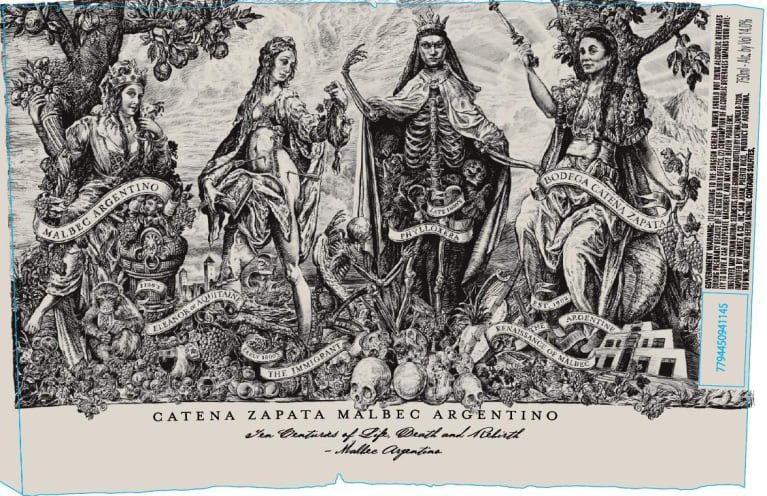Catena Zapata Argentino Vineyard/2019
Blend
Malbec
Geographical Attributes
By far the largest and best-known winemaking province in Argentina, Mendoza is responsible for over 70% of the country’s enological output. Set in the eastern foothills of the Andes Mountains, the climate is dry and continental, presenting relatively few challenges for viticulturists during the growing season. Mendoza, divided into several distinctive sub-regions, including Luján de Cuyo and the Uco Valley, is the source of some of the country’s finest wines. For many wine lovers, Mendoza is practically synonymous with Malbec. Originally a Bordelaise variety brought to Argentina by the French in the mid-1800s, here it found success and renown that it never knew in its homeland where a finicky climate gives mixed results. Cabernet Sauvignon, Syrah, Merlot and Pinot Noir are all widely planted here as well (and sometimes even blended with each other or Malbec). Mendoza's main white varieties include Chardonnay, Torrontés, Sauvignon Blanc and Sémillon
Vintner Notes
The Catena Zapata Malbec Argentino shows a saturated dark violet color with ruby reflections; the nose offers cassis, blueberries and violets, along with a strong suggestion of soil tones. It combines density and sweetness on the one hand, with gripping, lightly saline flavors of mocha, dark berries, spice, and minerals; a palate-staining finish dominated by sweet black and blue fruits.



